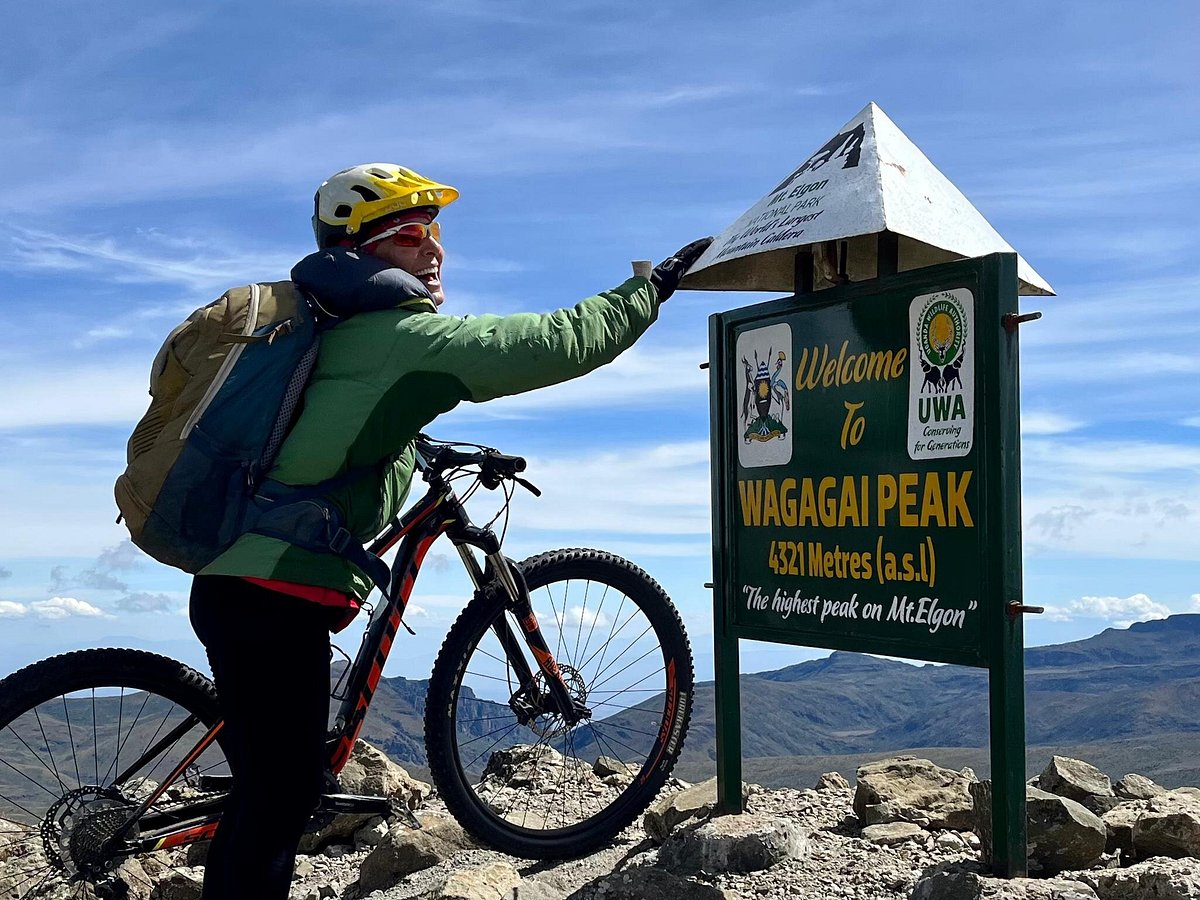Uganda National Parks | Wildlife Tours & Safaris | Activities
Uganda, often referred to as “the Pearl of Africa” by Sir Winston Churchill in 1909, continues to captivate travellers with its natural beauty, diverse wildlife, and varied ecosystems. Situated at the crossroads of western and eastern Africa, Uganda boasts highland rainforests inhabited by renowned mountain gorillas, tropical rainforests with chimpanzees, and savannas teeming with large mammals. With around 20% of the area covered by water, the nation’s distinctive geographic location adds to its complex habitat tapestry, including woods, wetlands, moorlands, mountains, rivers, and lakes.
Lonely Planet recognized Uganda’s allure by ranking it first on its Best in Travel list for 2012, and since then, the country’s splendour has not diminished. Despite being a land of superlatives, featuring the world’s largest free-standing volcano, the second-largest freshwater lake, Africa’s highest mountain range, and the source of the world’s longest river, choosing from the plethora of activities in Uganda can be overwhelming.
With 10 national parks, a reputation as a premier birding destination with 1,050 species, 18 primate species, and a wide range of outdoor activities like fishing, mountaineering, rafting, and cultural tourism, Uganda offers many options. To assist in decision-making, this overview highlights the Uganda National Parks that can be explored through either an Exodus small-group safari or a private group safari.
Lake Mburo National Park
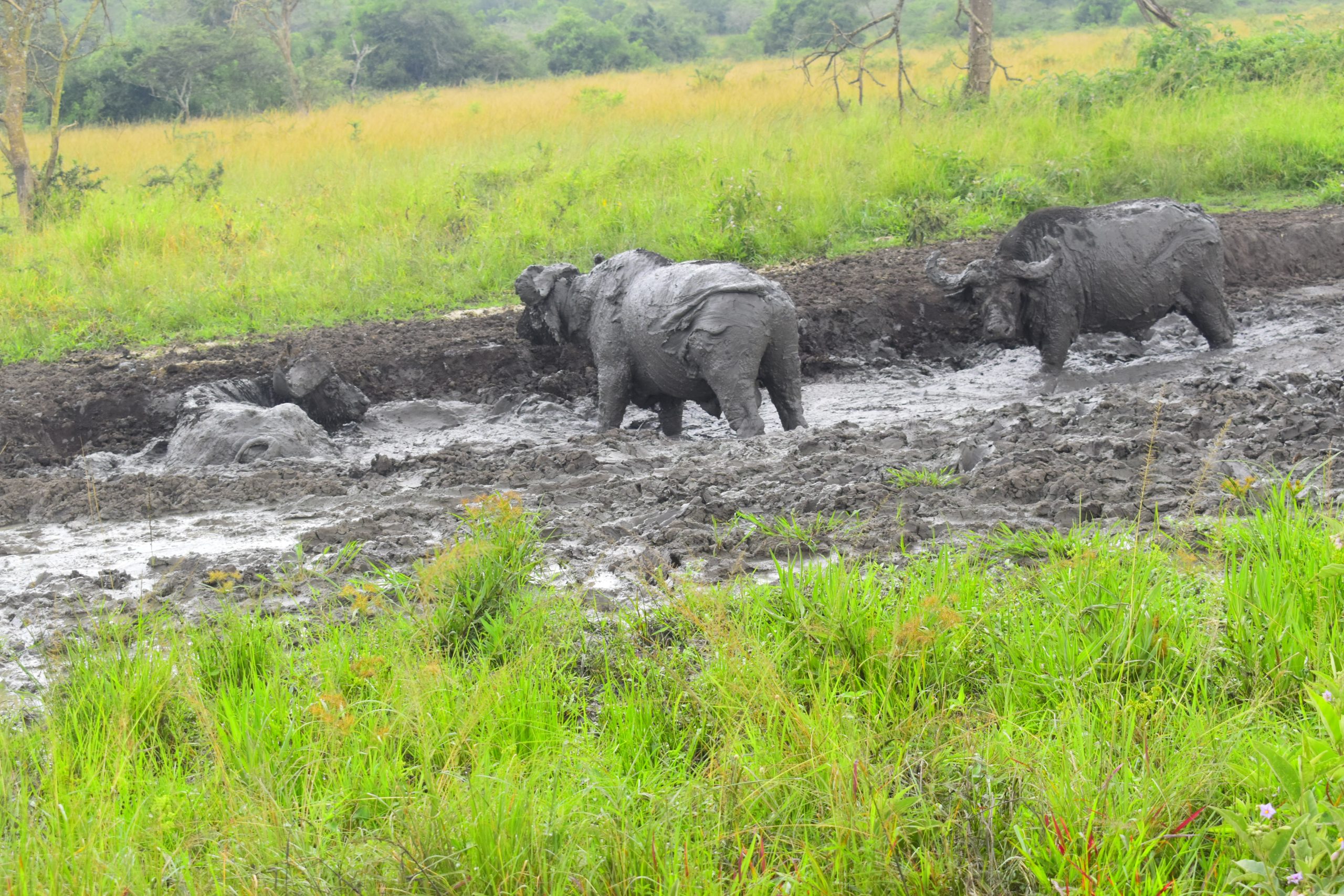
Wetland areas constitute a significant portion, approximately 20%, of the park’s total area.
Throughout its history, the park has faced numerous challenges that have led to the near-extinction of its wildlife on multiple occasions. These challenges include attempts to eradicate tsetse flies, conversion of land for ranching purposes, and rampant subsistence poaching. A noteworthy detail is that 20% of the park’s entrance fees are allocated towards supporting local community initiatives such as clinics and schools.
Lake Mburo National Park stands out as a small yet valuable asset, conveniently situated near the main highway connecting Kampala to western Uganda’s other parks. Despite its size, the park boasts a diverse array of wildlife and is characterized by ancient Precambrian metamorphic rock formations dating back over 500 million years. It hosts a rich avian population of 350 species and is inhabited by various animals, including zebras, impalas, buffalos, leopards, hippos, hyenas, and reedbucks.
ENTRY PER PERSON
Foreign Non-Residents (FNR)
Foreign Residents (FR)
East African Citizens (EAC)
Queen Elizabeth National Park
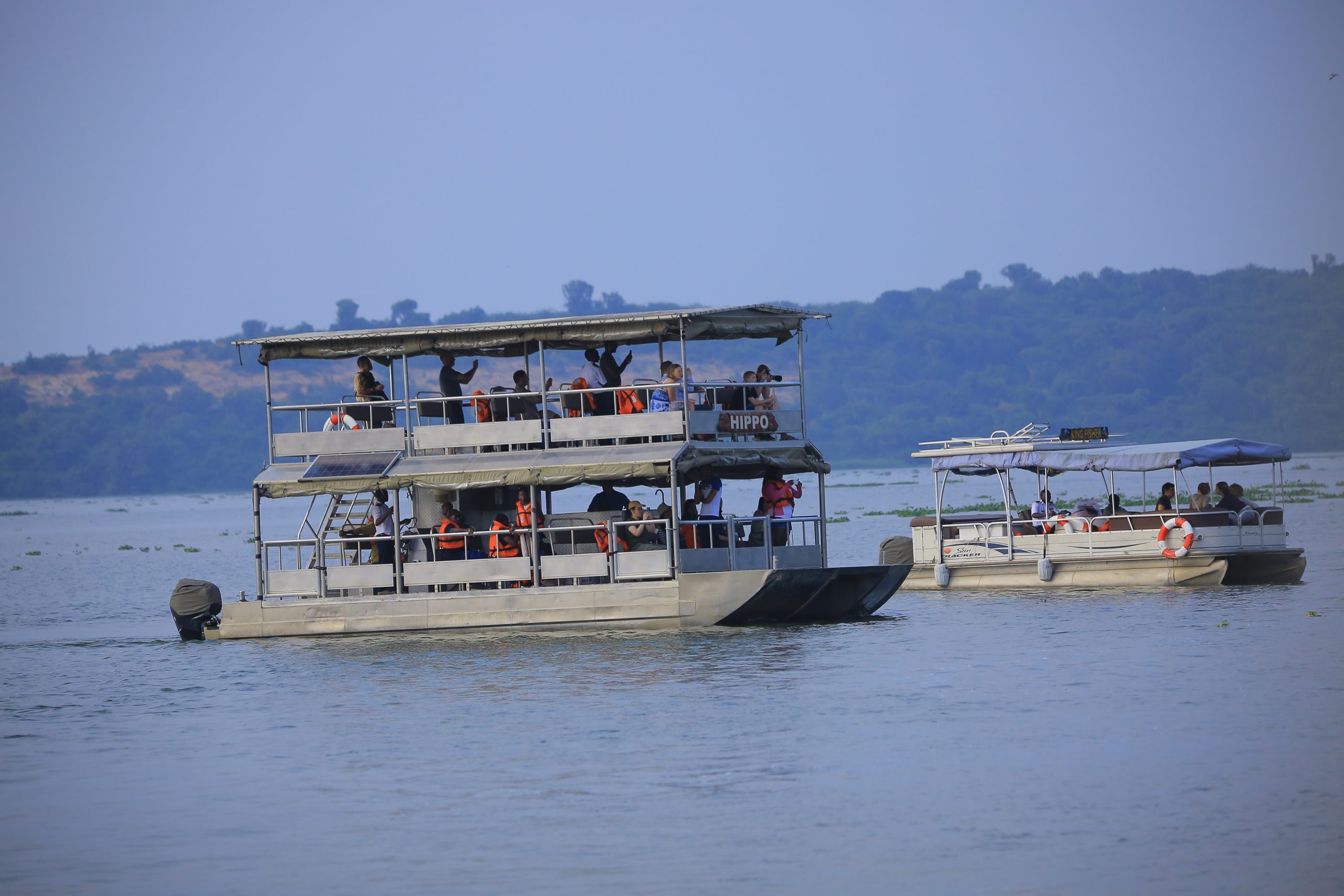
The park boasts a rich biodiversity, with more than 95 mammal species and over 600 bird species calling it home. At its highest point, the park reaches 1,350 meters above sea level at the Katwe explosion craters, while its lowest point is at Lake Edward, which sits at an elevation of 910 meters.
As Uganda’s most popular tourist destination, Queen Elizabeth National Park offers diverse ecosystems, including vast savannas, dense forests, shimmering lakes, and fertile wetlands. These varied habitats provide an ideal environment for a wide array of wildlife, including iconic big game species, ten different primate species, such as chimpanzees, and an impressive bird population of over 600 species.
ENTRY PER PERSON
Foreign Non-Residents (FNR)
Foreign Residents (FR)
East African Citizens (EAC)
Murchison Falls National Park
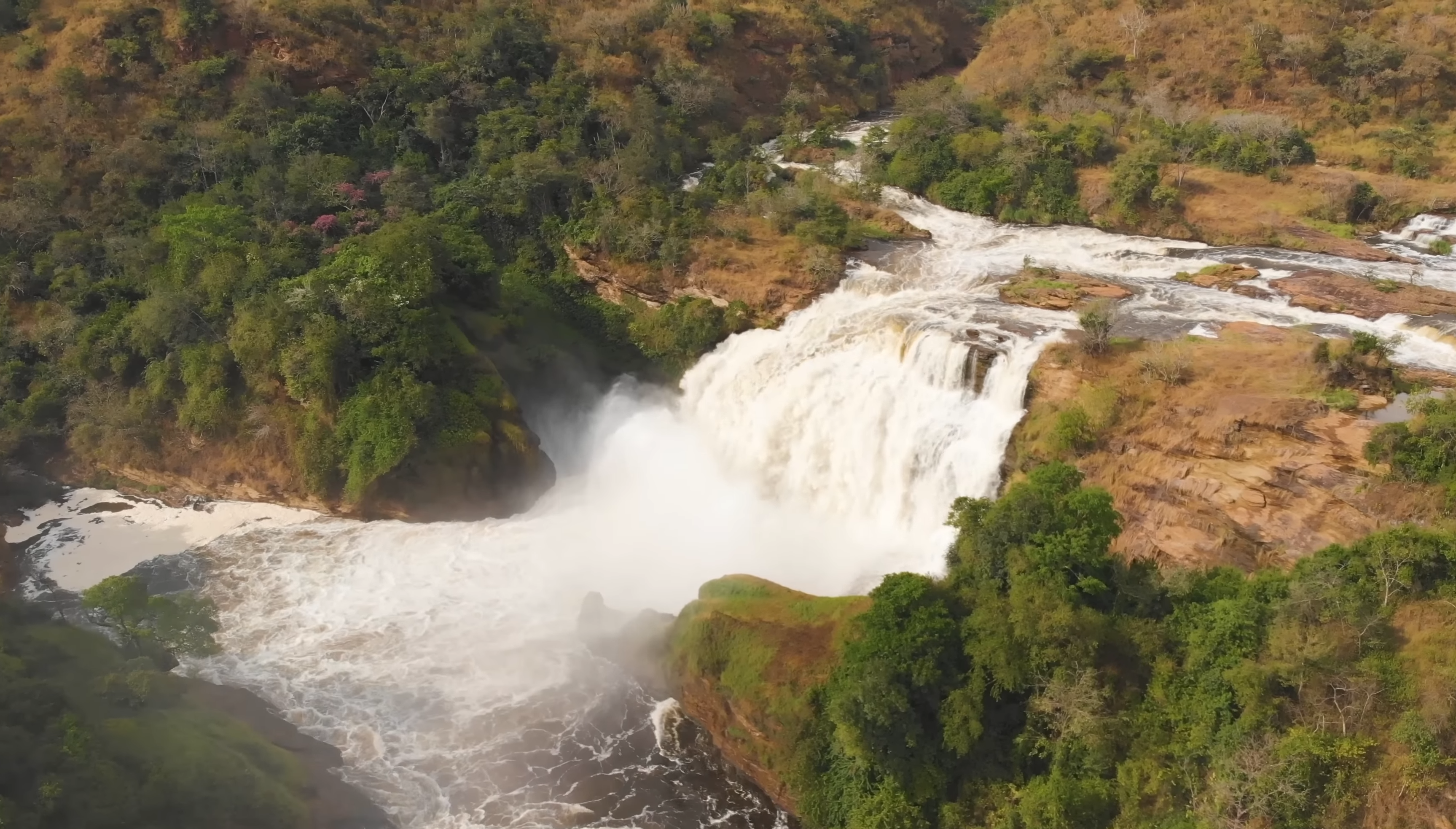
Murchison Falls was designated as one of Uganda’s inaugural national parks in 1952.
Within Murchison Falls, the Nile narrows to an 8-meter-wide gorge before cascading into the “Devil’s Cauldron” with a resounding roar, forming its distinctive rainbow.
The park’s northern region features savanna landscapes adorned with Borassus palms, acacia trees, and riverine woodland, while the southern portion is characterized by woodland and scattered forest patches.
The iconic 1951 film “The African Queen,” starring Humphrey Bogart, was filmed on Lake Albert and the Nile within Murchison Falls National Park.
Situated at the northern terminus of the Albertine Rift Valley, Murchison Falls National Park marks the convergence of the sweeping Bunyoro escarpment with vast, palm-studded savannas. Initially established as a game reserve in 1926, it stands as Uganda’s largest and oldest conservation area.
ENTRY PER PERSON
Foreign Non-Residents (FNR)
Foreign Residents (FR)
East African Citizens (EAC)
Bwindi Impenetrable Forest National Park

The Mubare gorilla group became accessible for tourism in Uganda in April 1993, marking the inception of gorilla trekking in the country. Presently, there are nine habituated gorilla groups available for tourism purposes, along with an additional group designated for research.
Situated in southwestern Uganda, Bwindi Impenetrable National Park is nestled on the periphery of the Rift Valley. Its rugged terrain, characterized by steep ridges and valleys, serves as the origin of five major rivers that eventually feed into Lake Edward.
Enveloped in mist and shrouded in dense vegetation, Bwindi is renowned for harbouring one of Uganda’s oldest and most ecologically rich rainforests, boasting a history spanning over 25,000 years and hosting nearly 400 plant species. Notably, this “impenetrable forest” safeguards an estimated 459 mountain gorillas, roughly constituting half of the global population, with multiple habituated groups available for tracking.
Beyond its famed gorilla population, Bwindi shelters an array of wildlife, including approximately 120 mammal species such as baboons, chimpanzees, elephants, and various antelopes. The park also boasts a diverse avian community, comprising around 350 bird species, including 23 endemics exclusive to the Albertine Rift.
Furthermore, Bwindi is a sanctuary for over 200 butterfly species, including eight endemic to the Albertine Rift, and serves as a habitat for numerous reptiles.
ENTRY PER PERSON
Foreign Non-Residents (FNR)
Foreign Residents (FR)
East African Citizens (EAC)
Kibale National Park
 The main attraction at Kibale National Park is the Kanyanchu Primate Walk, which is renowned for its encounters with thirteen different primate species. While visitors can expect to see a diverse range of diurnal monkeys during this activity, the highlight is undoubtedly the chimpanzees. The Kanyanchu chimpanzees have been monitored since 1993, ensuring excellent opportunities to observe them in their natural habitat. Guided walks commence at 8 am and 2 pm, lasting around three hours, subject to different variables.
The main attraction at Kibale National Park is the Kanyanchu Primate Walk, which is renowned for its encounters with thirteen different primate species. While visitors can expect to see a diverse range of diurnal monkeys during this activity, the highlight is undoubtedly the chimpanzees. The Kanyanchu chimpanzees have been monitored since 1993, ensuring excellent opportunities to observe them in their natural habitat. Guided walks commence at 8 am and 2 pm, lasting around three hours, subject to different variables.
The consistently sought-after primate walk offers the opportunity to witness chimpanzees in their native environment. The chimpanzee groups at Kanyanchu are well acclimated to human interaction, with some being monitored for more than 25 years, resulting in a likelihood of encountering them exceeding 90%. Departures for the walks commence from Kanyanchu Visitor Centre at 08:00, 11:00, and 14:00, with durations spanning from 2 to 5 hours.
Mgahinga Gorilla National Park
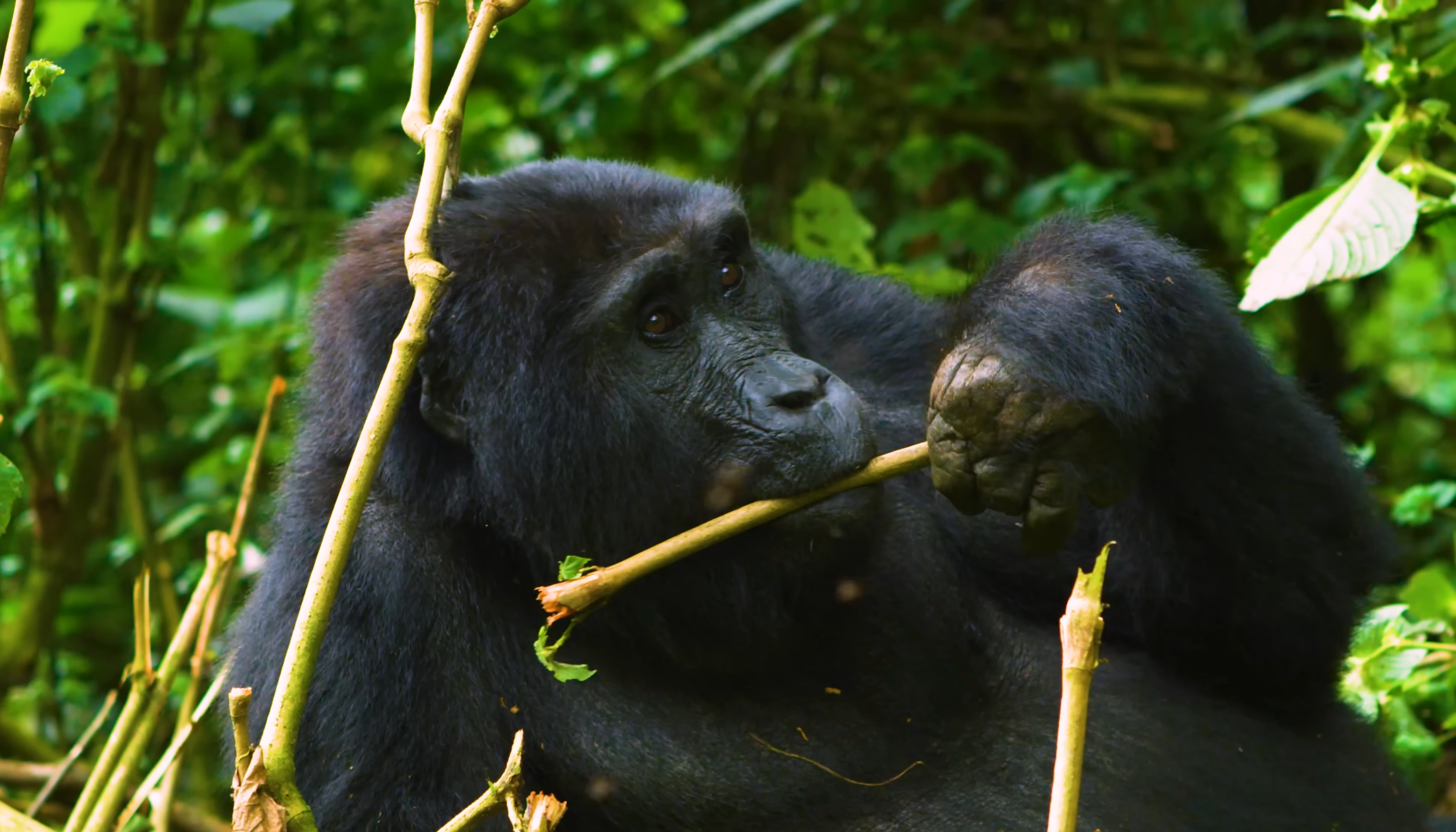
Covering an area of 33.7 square kilometers, Mgahinga Gorilla National Park is the smallest national park in Uganda. The park derives its name from the local term “Gahinga,” referring to the volcanic stones cleared from farmland at the base of the volcanoes. Initially designated a game sanctuary by the British administration in 1930, Mgahinga was officially established as a national park in 1991. Home to one habituated transboundary gorilla group, Mgahinga offers visitors the opportunity to explore the forest secrets with Batwa guides, showcasing the self-sufficient lifestyle of the indigenous Batwa people.
Situated at altitudes ranging from 2,227m to 4,127m, Mgahinga Gorilla National Park is nestled in the clouds. It was established primarily to safeguard the rare mountain gorillas residing in its dense forests and serves as a crucial habitat for the endangered golden monkey.
ENTRY PER PERSON
Foreign Non-Residents (FNR)
Foreign Residents (FR)
East African Citizens (EAC)
Rwenzori Mountains National Park
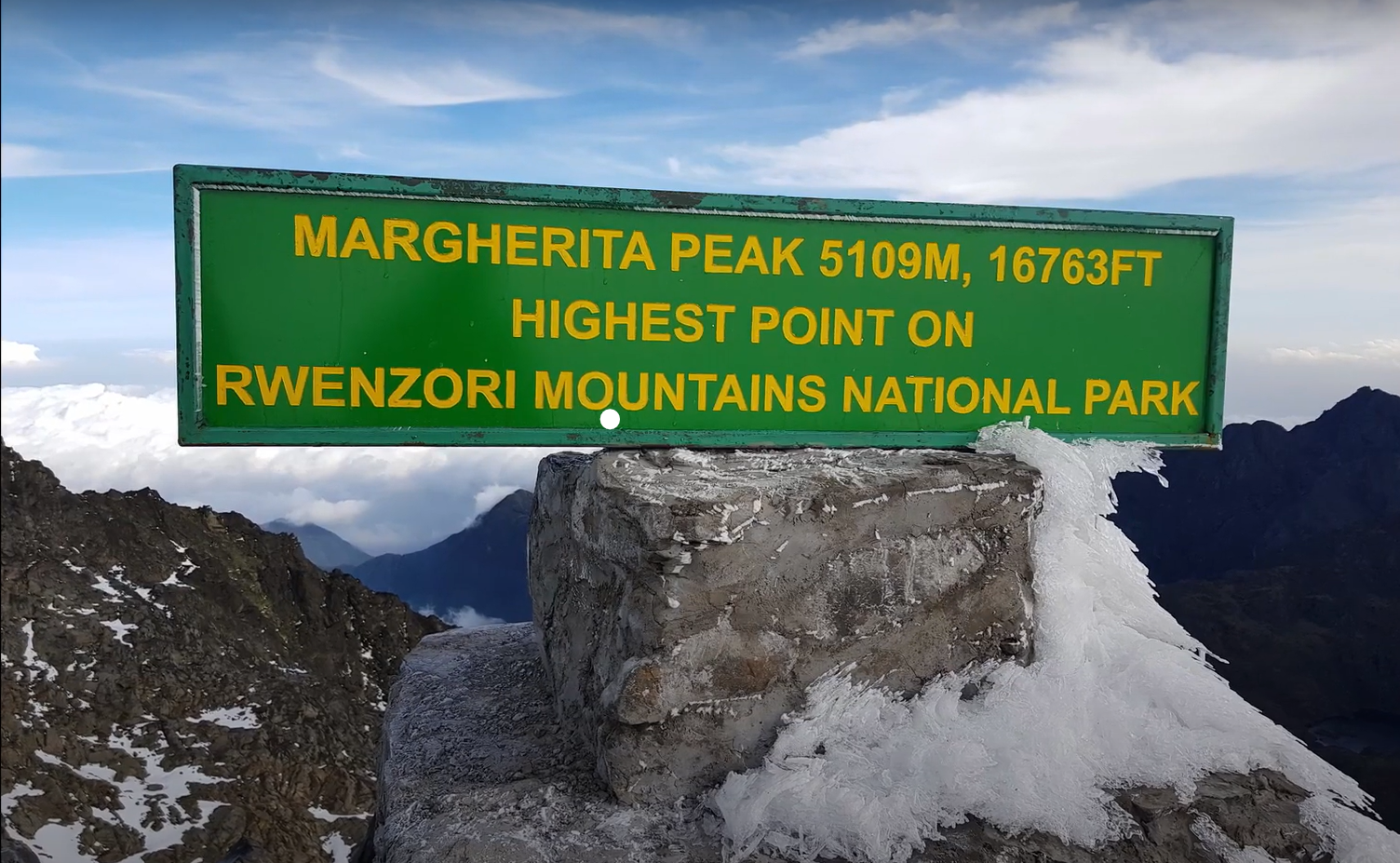
Designated as a national park in 1991, the Rwenzori Mountains were subsequently acknowledged as a World Heritage site in 1994 and designated as a Ramsar site in 2008.
The highest point within the park reaches an elevation of 5,109 meters above sea level, situated on Margherita Peak of Mount Stanley. The border with the Democratic Republic of Congo intersects Mount Stanley.
Unlike other prominent mountains in East Africa, the Rwenzori Mountains are not of volcanic origin but rather a block of rock that was up-faulted through the floor of the Western Rift Valley.
Dubbed the “Mountains of the Moon” by the Alexandrine geographer Ptolemy in AD 150, the Rwenzoris have a rich history.
Explorer Henry Stanley added the Rwenzori Mountains to the map on May 24th, 1888, labeling it as “Ruwenzori,” a local name believed to mean “Rain-Maker” or “Cloud-King.” The region’s glaciers, waterfalls, and lakes make it one of Africa’s finest alpine environments. The park contains numerous natural habitats for endangered species, as well as a diverse and rare flora that includes, among other things, huge heather.
In 2010, Ms. Beryl Park, aged 78, became the oldest recorded person to reach the summit of Margherita Peak.
ENTRY PER PERSON
Foreign Non-Residents (FNR)
Foreign Residents (FR)
East African Citizens (EAC)
Mount Elgon National Park
This inactive volcano is among Uganda’s most ancient geographical landmarks, initially erupting approximately 24 million years ago.
Mt. Elgon once stood as the highest peak in Africa, towering above Kilimanjaro’s current elevation of 5,895 meters. However, millennia of erosion have diminished its height to 4,321 meters, relegating it to the fourth-highest peak in East Africa and eighth on the entire continent.
Within the confines of Mt. Elgon reside two indigenous tribes, namely the Bagisu and the Sabiny, while the marginalized Ndorobos are compelled to inhabit the depths of the Benet forest.
The Bagisu, also known as the BaMasaba, revere Mount Elgon as the physical embodiment of their legendary ancestor Masaba and commonly refer to the mountain by this name.
Covering an expansive area of 4,000 square kilometers, Mt. Elgon boasts the largest volcanic base globally. Situated on the border between Uganda and Kenya, it stands as the most ancient and extensive singular volcanic peak in East Africa. Spanning a diameter of 80 kilometers, its imposing presence rises over 3,000 meters above the surrounding plains. The mountain’s cooler elevations offer a welcome escape from the sweltering heat of the plains below, while its higher altitudes provide a sanctuary for diverse flora and fauna.
ENTRY PER PERSON
Foreign Non-Residents (FNR)
Foreign Residents (FR)
East African Citizens (EAC)
Semuliki National Park
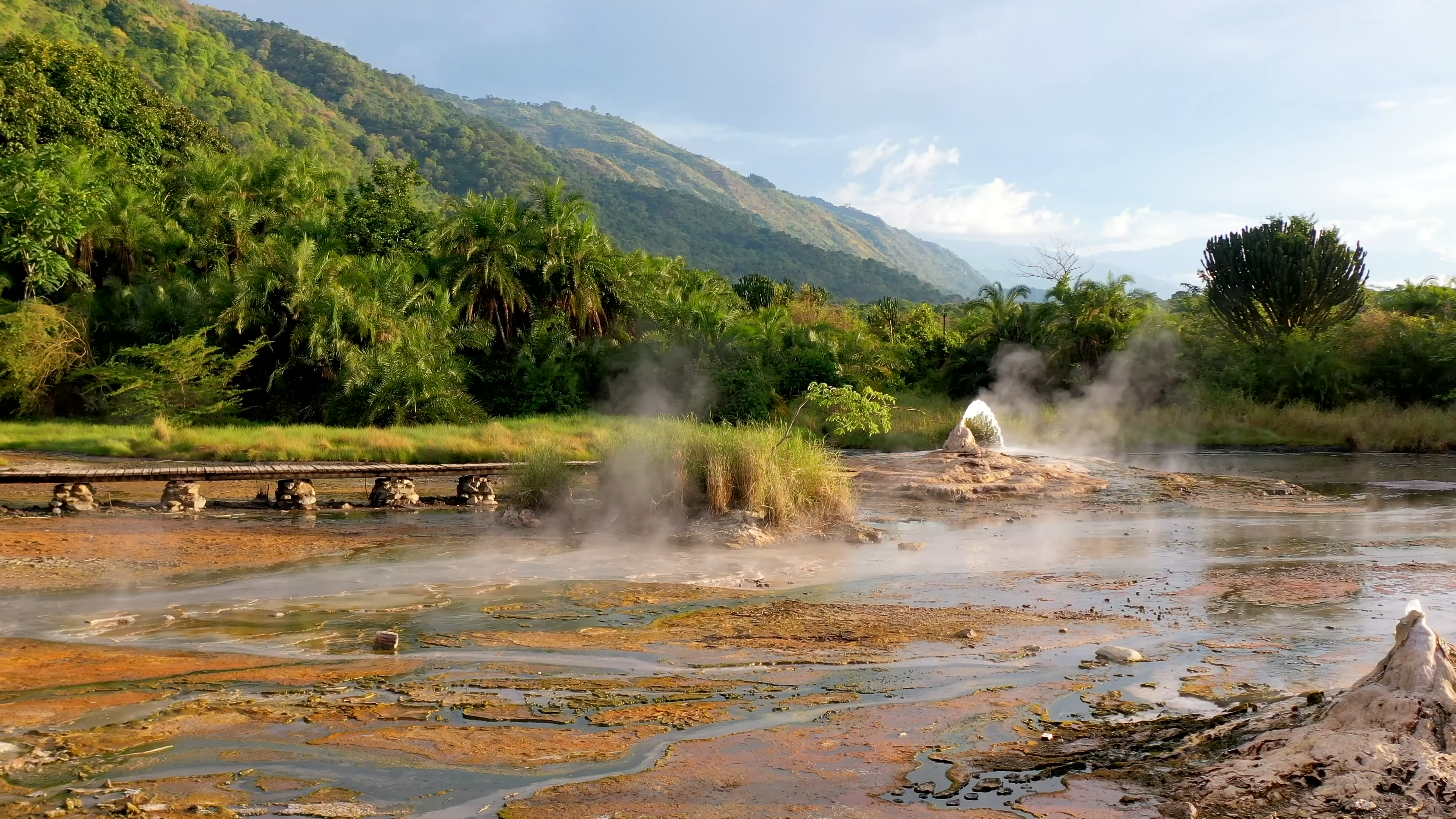
Established in 1932 as the Semuliki Forest Reserve, this area was later elevated to national park status in 1993.
It stands as the sole expanse of genuine lowland tropical forest within East Africa, boasting a rich biodiversity with 441 documented bird species and 53 mammal species. During the rainy season, substantial portions of this lower-lying park are susceptible to flooding, offering a brief glimpse into its history when the entire valley was submerged under a lake for millions of years.
The vicinity surrounding the park is inhabited by four distinct ethnic groups: Bwamba farmers reside along the Rwenzori foothills, while the Bakonjo people cultivate the mountain slopes. Batuku pastoralists occupy the open plains, while the Batwa, historically hunter-gatherers, dwell on the forest fringes.
Semuliki National Park sprawls across the Semuliki Valley floor on the secluded western side of the Rwenzori. It is predominantly characterized by the eastern extension of the vast Ituri Forest of the Congo Basin, renowned as one of Africa’s oldest and most biologically diverse forests, having survived the last ice age 12–18,000 years ago.
ENTRY PER PERSON
Foreign Non-Residents (FNR)
Foreign Residents (FR)
East African Citizens (EAC)
Kidepo Valley National Park
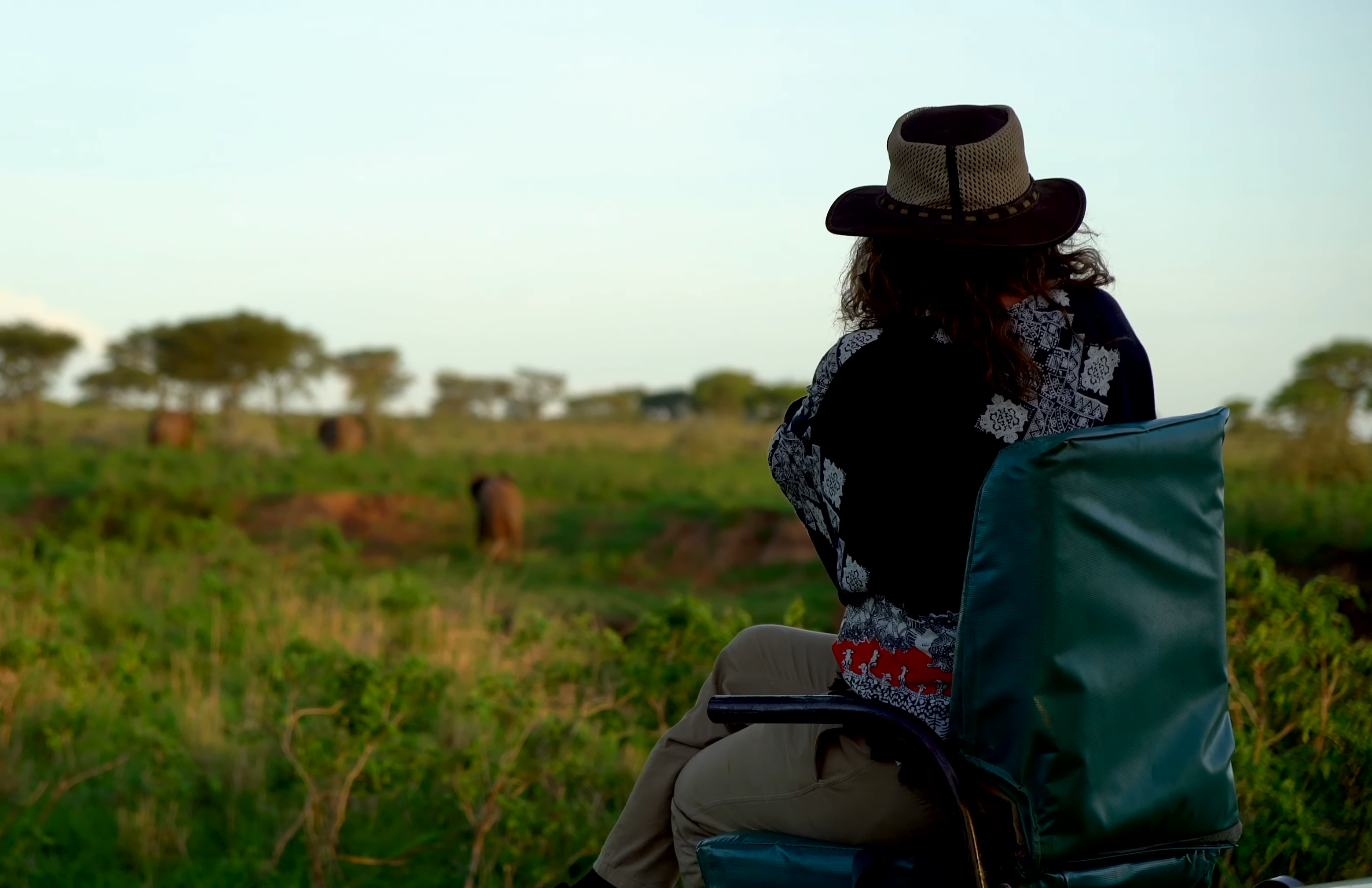 The park encompasses two rivers, Kidepo and Narus, which dry up during the dry season, leaving behind only isolated pools for the wildlife to utilize.
The park encompasses two rivers, Kidepo and Narus, which dry up during the dry season, leaving behind only isolated pools for the wildlife to utilize.
Surrounding the park are local communities, including the pastoral Karamojong people, reminiscent of Kenya’s Maasai tribe, and the IK, a hunter-gatherer group whose existence is under threat.
Located in the rugged, semi-arid valleys bordering Uganda with South Sudan to the northwest and just 5 kilometers from Kenya’s eastern border, Kidepo Valley National Park is situated approximately 700 kilometers from Kampala. Established as a national park in 1962, it boasts a diverse range of large game and harbours over 77 mammal species.
Despite being Uganda’s most secluded national park, those who undertake the arduous journey north through the untamed wilderness of Karamoja will attest to Kidepo’s unrivalled splendour. Regarded as one of Africa’s premier wilderness areas, Kidepo offers a breathtaking panorama extending far beyond the designated park boundaries from its central hub, Apoka. The Savannah landscape stretches towards distant mountain ranges that silhouette the horizon.
ENTRY PER PERSON
Foreign Non-Residents (FNR)
Foreign Residents (FR)
East African Citizens (EAC)
The 10 national parks, 12 wildlife reserves, 5 community wildlife management areas, and 13 wildlife sanctuaries are all under the management of the Uganda Wildlife Authority (UWA). Queen Elizabeth, Lake Mburo, Murchison Falls, Kidepo Valley, Kibale, Mount Elgon, Rwenzori Mountains, Semuliki, Mgahinga Gorilla, and Bwindi Impenetrable National Parks are among the ten national parks. The greatest in East Africa may be seen in these parks. Their tropical woods and Rift Valley scenery provide striking backgrounds for a wide range of plant and animal life.
ENTRY PER PERSON
Foreign Non-Residents (FNR)
Foreign Residents (FR)
East African Citizens (EAC)

